
Animal’s People
by Indra Sinha
PR9499.4.S56 A55 2009
New Arrivals Island, 2nd floor
This is the fifth and most recent book by Indra Sinha, a British author of both Indian and English descent. In addition to this novel, he previously wrote a nonfiction memoir and translated two classical works of Indian nonfiction. Animal’s People (2005) won the Commonwealth Writers’ Prize for Europe and South Asia, and was nominated for both the International IMPAC Dublin Literary Awards Best Novel and The Man Booker Prize Best Novel.
The context of this well-researched novel is a refashioning of the 1984 Union Carbide pesticide plant disaster in the city of Bhopal, India, which was one of the worst industrial disasters in recorded history. Around 15,000 people people were killed and another 500,000 were injured by the highly toxic gas that was released. There continue to be medical and environmental repercussions to this day. This engrossing novel’s setting is the fictional city of Khaufpur, some years after a horrible chemical disaster. The narrator is a badly disfigured nineteen-year-old man, who has told his story into a tape recorder for a journalist who agrees to publish it verbatim, aside from translating it into English. The writing is in Animal’s vernacular, which does not spare the profanity, and is interspersed with non-English words, which takes a bit of getting used to, but is well worth the effort. There is also a helpful glossary of Kaufpuri meanings for Hindi terms that are frequently used in the novel. The book is serious and funny in turns. Tape one begins with “I used to be human once” and rushes on from there, telling not only about the disaster and its repercussions, but about the friends and special people in Animal’s life, such as the nun who raised him from a small child, his love interest Nisha, and an American doctor. I’d tell you how it ends, but what’s the fun in that? You’ll just have to read it for yourself.

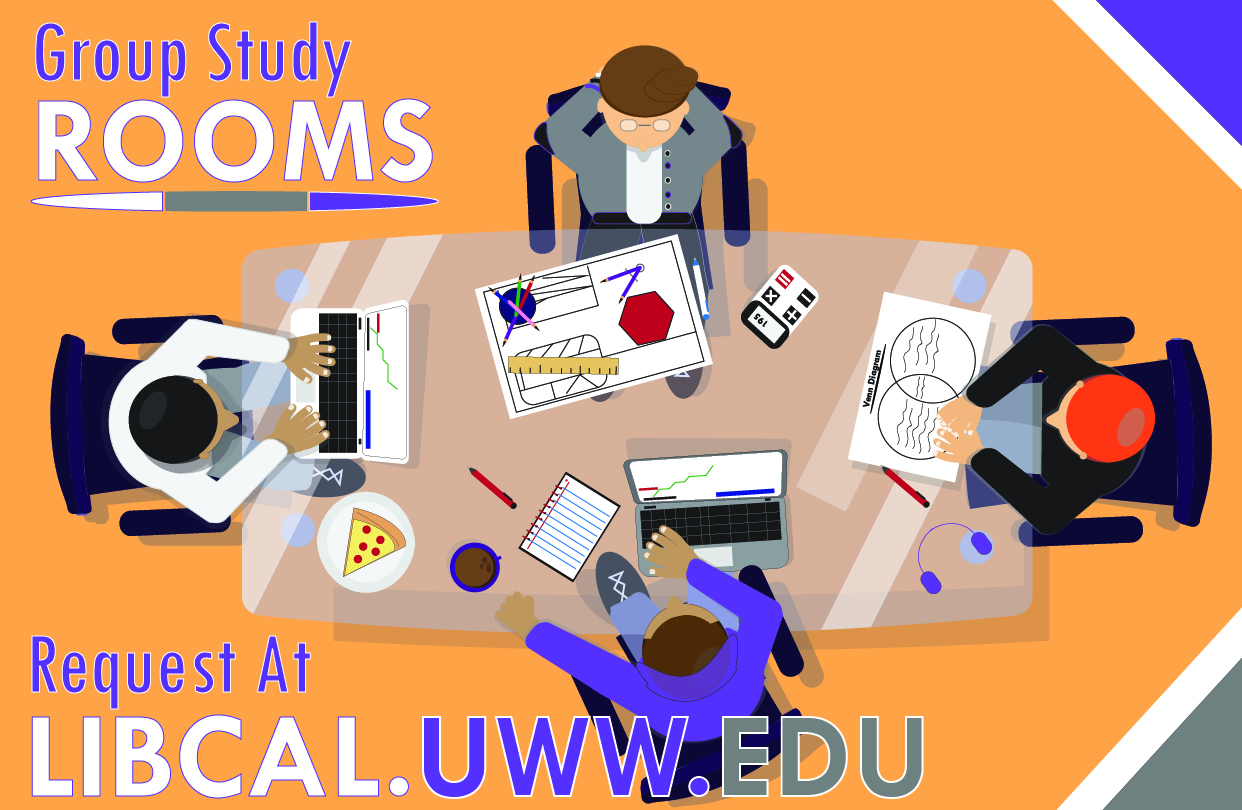
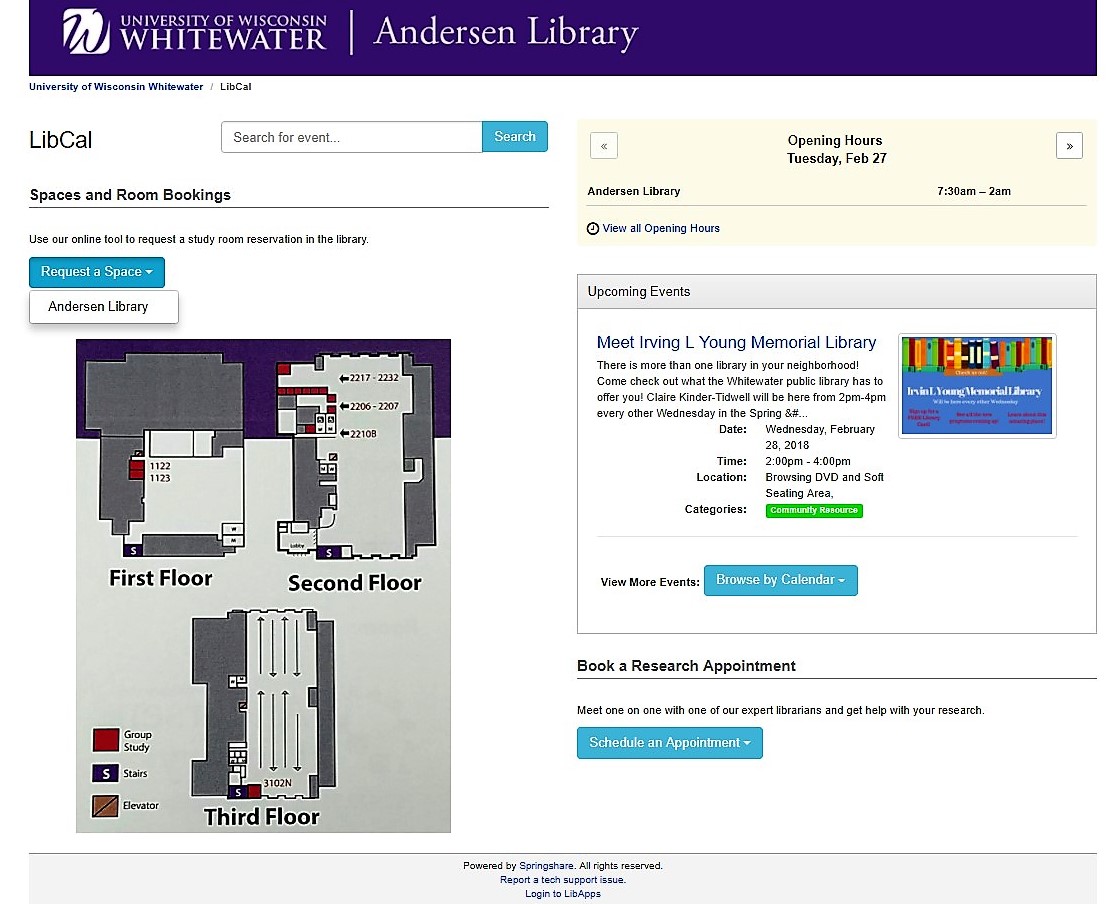
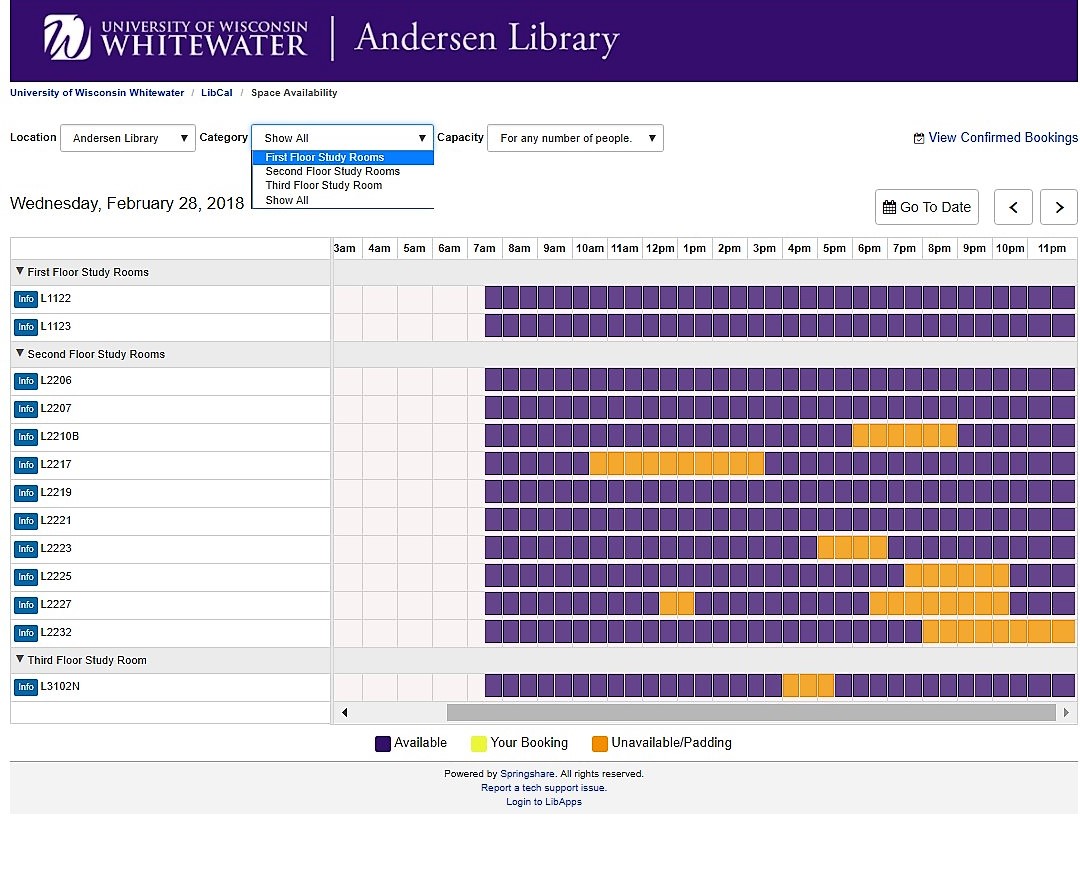
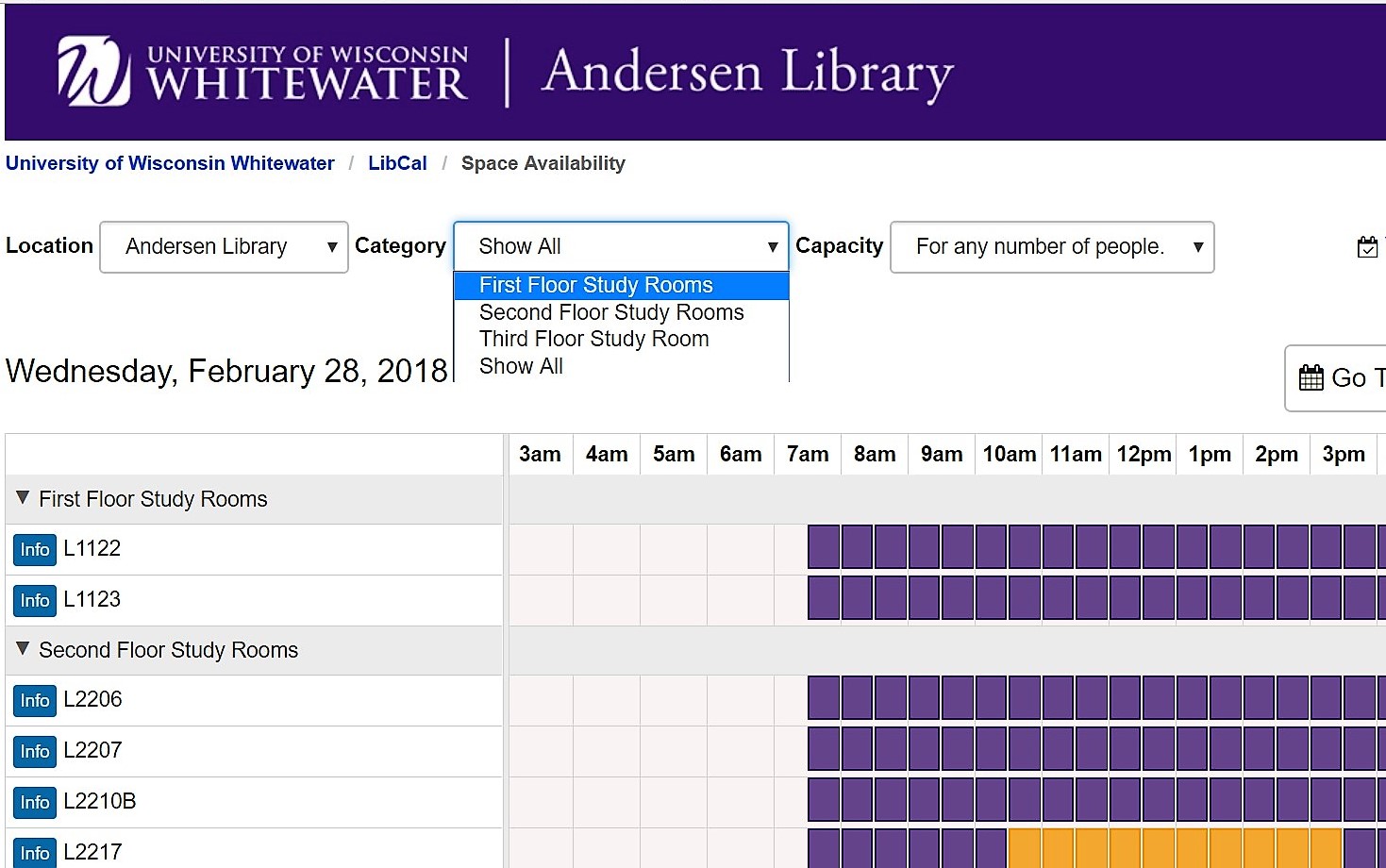



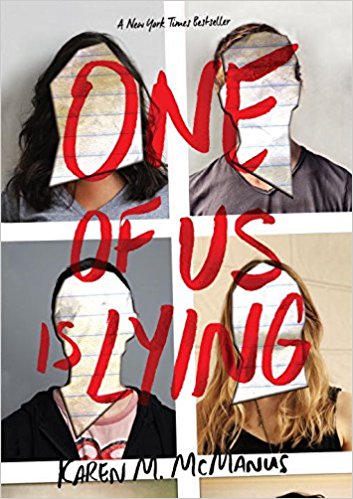
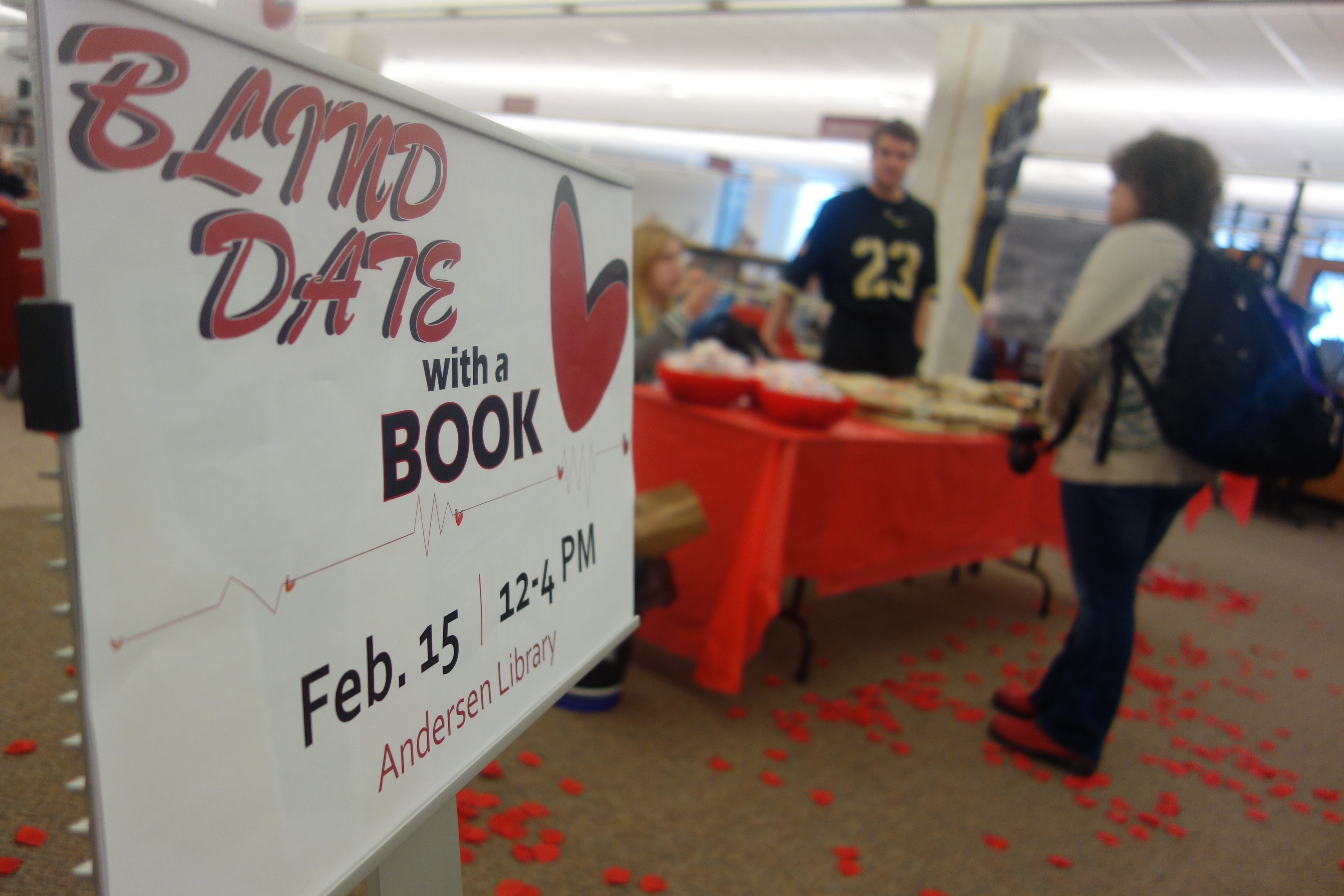
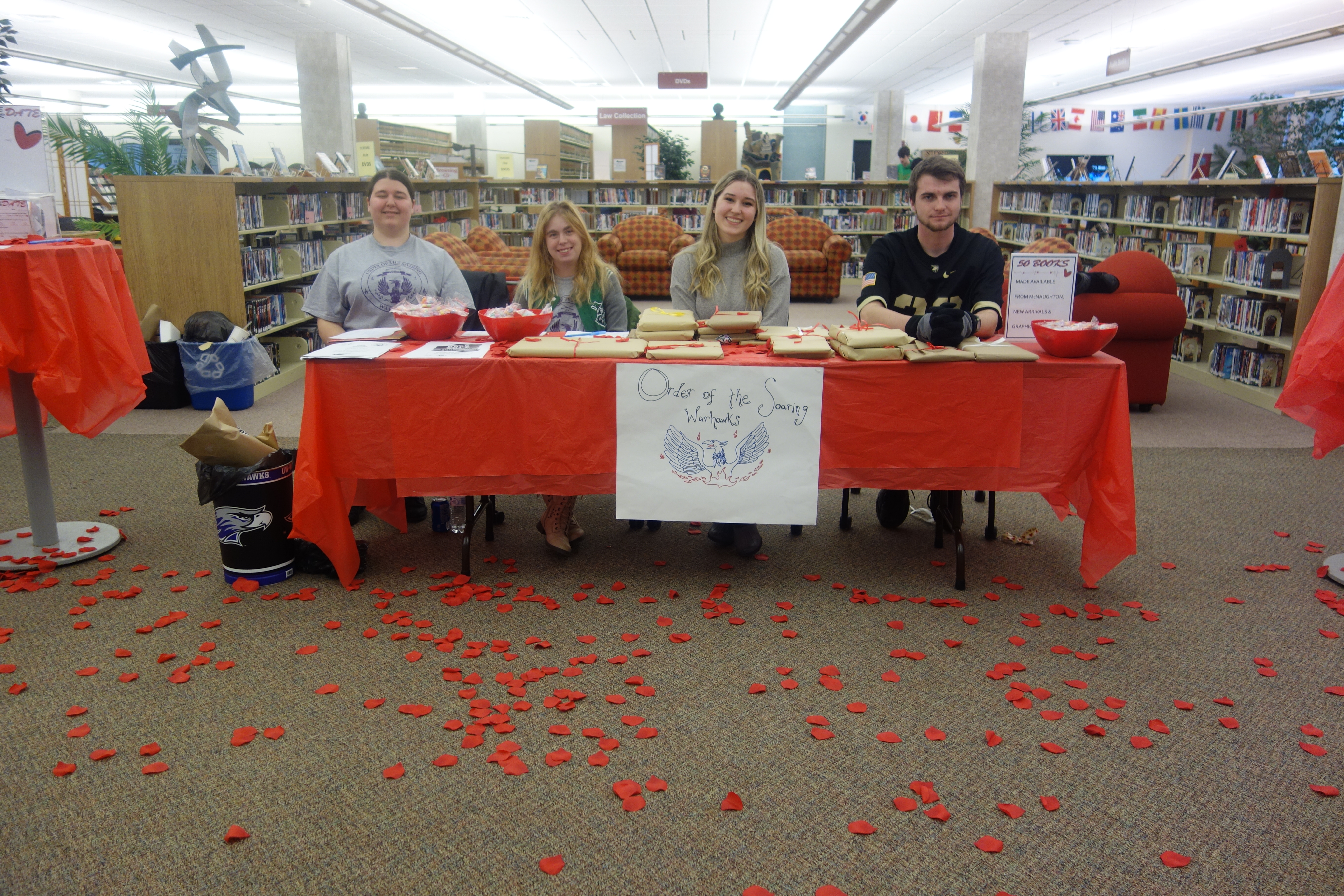
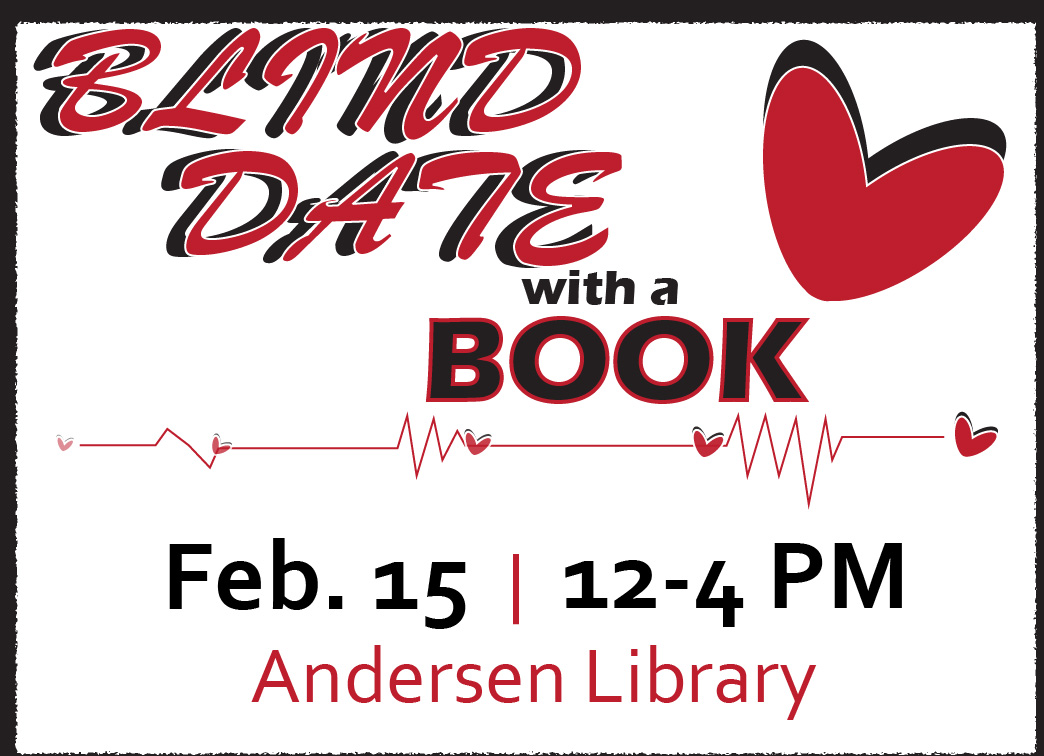
 You can learn more with resources available via Andersen Library!. For example, Andersen Library’s resources include books such as
You can learn more with resources available via Andersen Library!. For example, Andersen Library’s resources include books such as 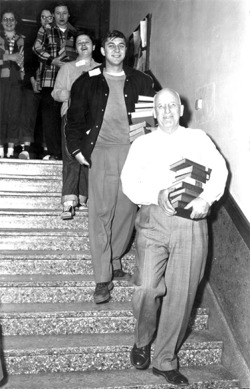 On February 26, 1953, campus and community members helped carry books from UW-Whitewater’s Old Main library into the new Andersen Library building. 65 years, two additions, and myriad changes later, Andersen Library still strives to provide students with resources and services to help them succeed in their academic work.
On February 26, 1953, campus and community members helped carry books from UW-Whitewater’s Old Main library into the new Andersen Library building. 65 years, two additions, and myriad changes later, Andersen Library still strives to provide students with resources and services to help them succeed in their academic work.
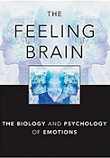 Andersen Library can help you learn more, if you’re interested! See, for example, “
Andersen Library can help you learn more, if you’re interested! See, for example, “